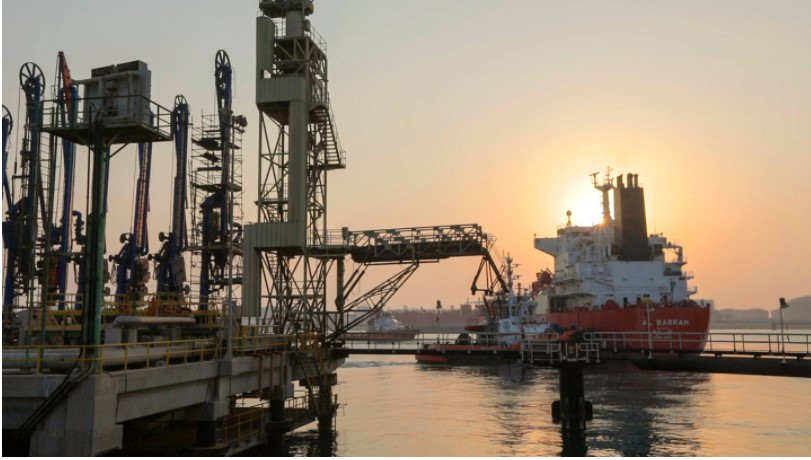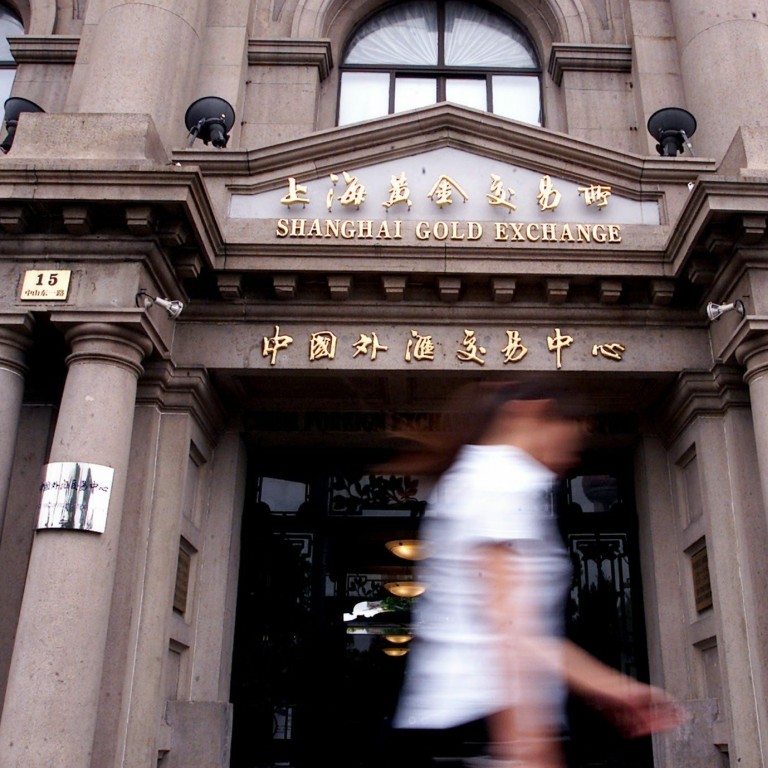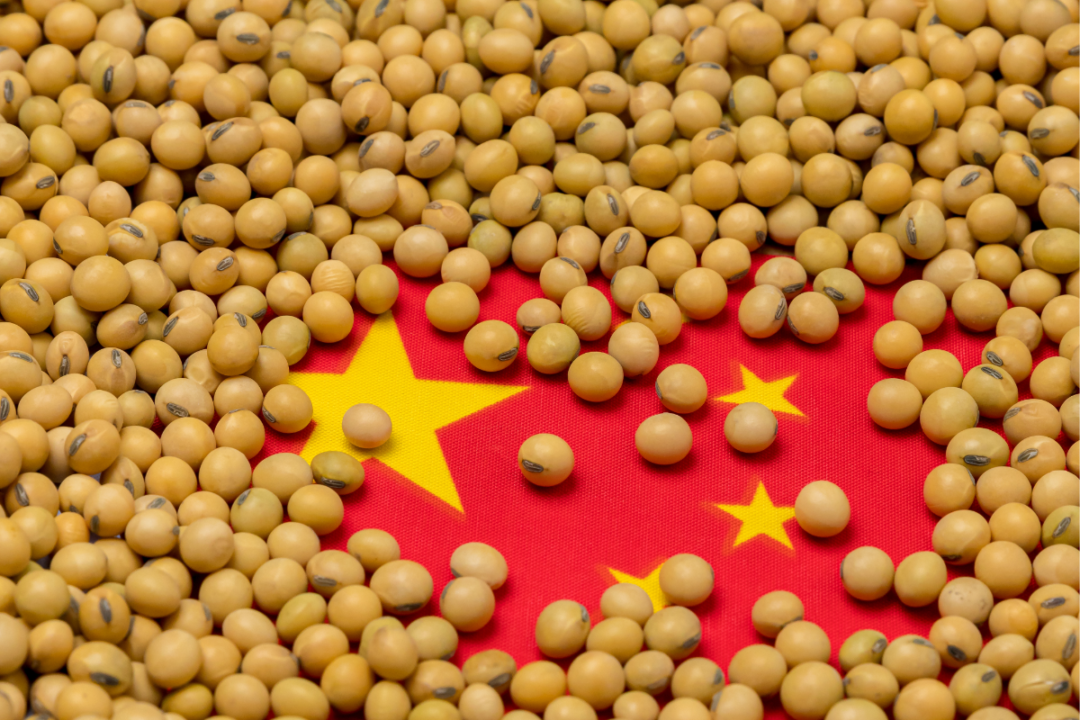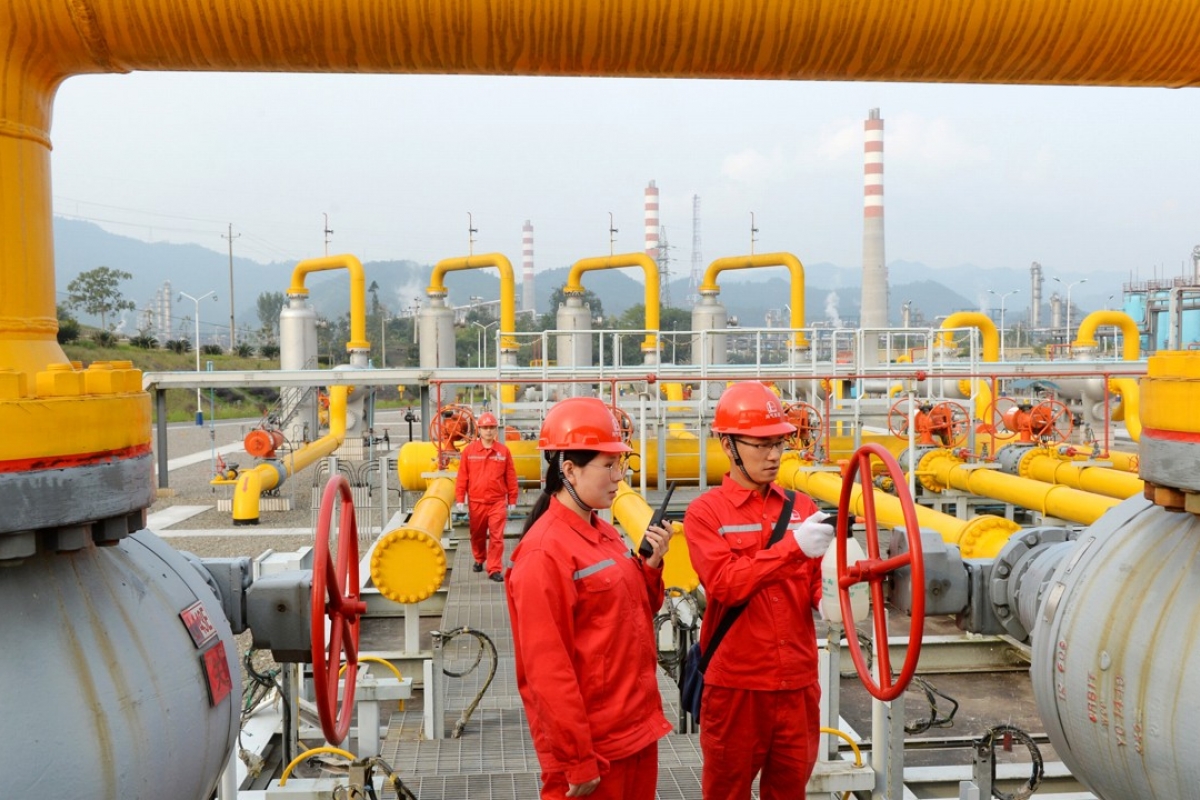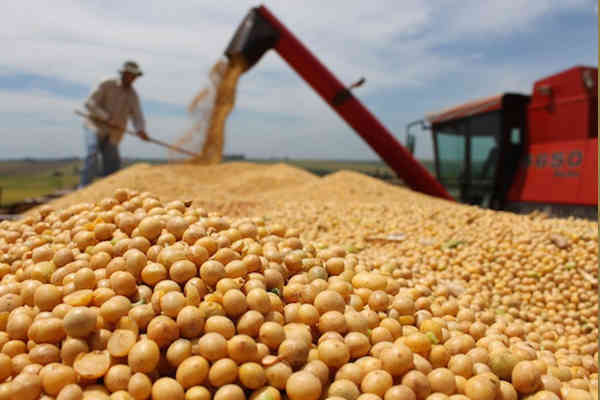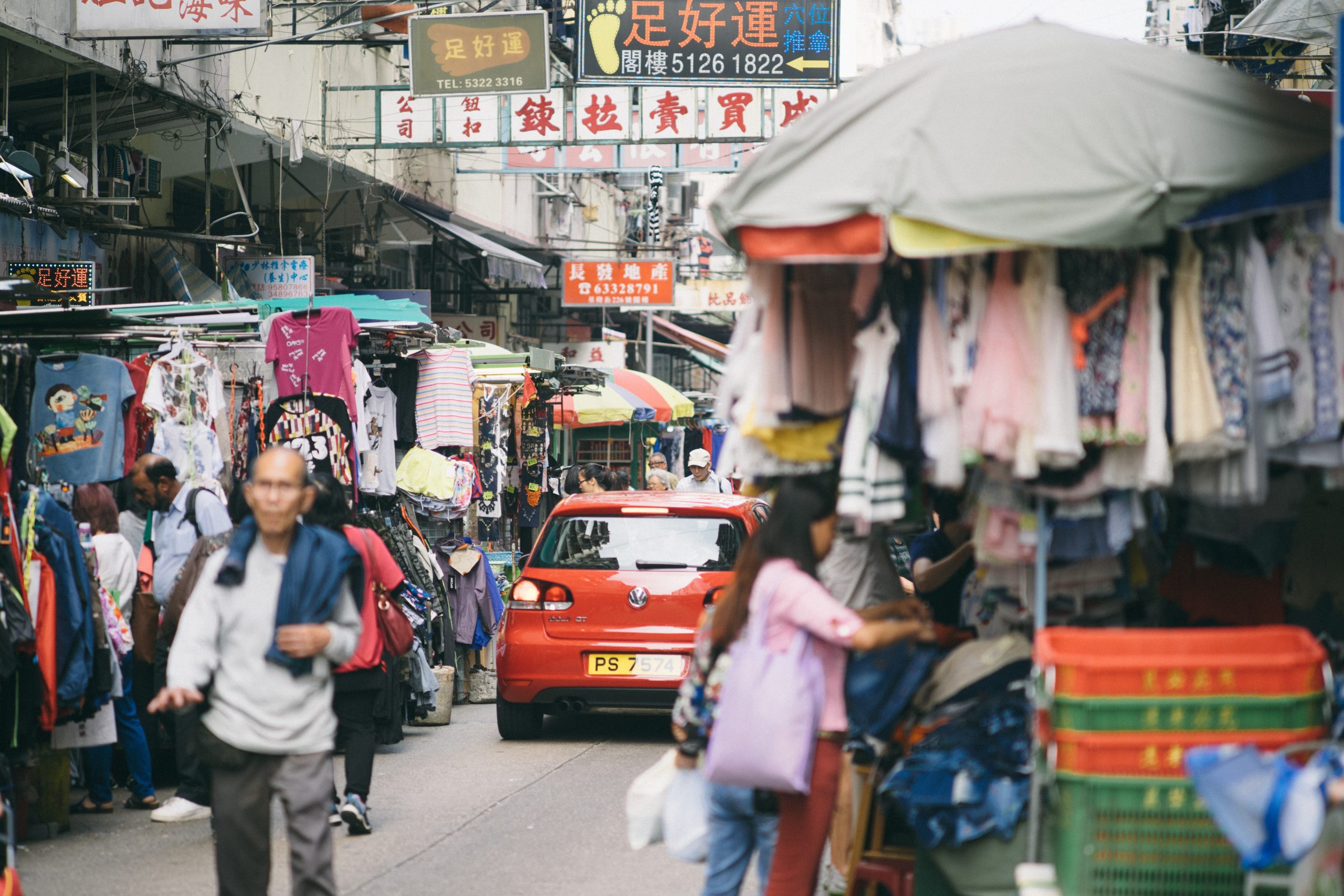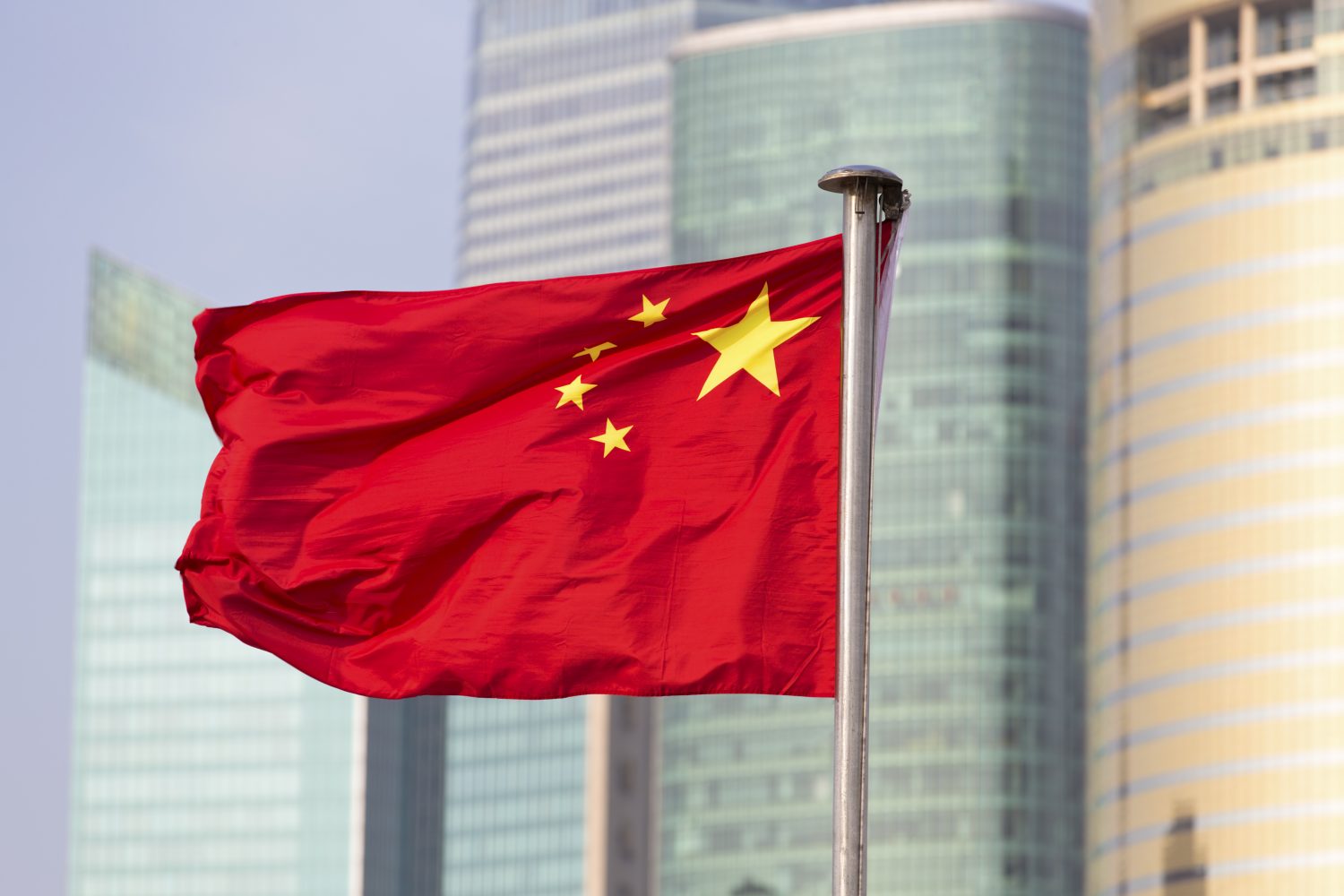Incoming Central Bank Governor To Inherit “Robust” Economy
The Philippine central bank will soon have a new governor. Data points to him inheriting a robust economy, but inflation is rising and cracks are starting to appear in the budgetary and external accounts.
Philippine president Duterte assumed power June 2016 for a single 6-year term. The next national elections will be the midterms, scheduled for mid- 2019. Duterte’s brash, outspoken style may be spooking foreign investors, as the Philippines is the only country in emerging Asia that has seen foreign equity outflows year-to-date. Having ran for office and won on an anti-crime, law and order platform, the country still scores very poorly in Transparency International’s Corruption Perceptions Index. With a score of 101, the Philippines are now tied with Gabon, Niger, Thailand and Peru in the Index.
It is yet to be seen how Duterte’s evident pivot towards China will pay off. While a lot of it appears to be bluster, there are bilateral talks scheduled to commence this month while more territorial claims over the South China Sea are exchanged. However, “note that China has pledged funds for infrastructure projects in the Philippines,” Win Thin, head of emerging market currency with Brown Brothers Harriman wrote in a note to clients this month,
Economy Remains Robust, For Now
GDP growth is forecast by the International Monetary Fund (IMF) at 6.8% in 2017 and 6.9% in 2018, little change from 6.8% in 2016. In addition, GDP rose 6.6% year-over-year in the fourth quarter, just below the cycle high of 7% year-over-year in the second and third quarters, respectively. “However, China’s economy appears to be softening and so we believe there are some downside risks to the growth forecasts,” said Thin.
Deputy Governor Espenilla was recently named as the replacement for outgoing Governor Tetangco. Tetangco has served two full terms, but cannot serve for a third due to term limits. Espenilla will take over on July 3, ahead of the bank’s August 10 meeting. He has served at the bank for more than three decades. this represents continuity and credibility. He is also the head of the country’s banking supervision since 2005, giving him deeper insights into the economy.
The central bank is scheduled to meet June 22 ( Tetangco’s last meeting). The bank met this month and left rates steady, as expected. Note that President Duterte will also name three others to the bank’s Monetary Board as their terms also expire along with Tetangco’s.
External accounts have worsened. Exports have slowed along with China, its largest export market, while strong growth boosted imports. The current account remained in balance in 2016, and is expected by the IMF to move slightly into deficit in both 2017 (-0.1% of GDP) and 2018 (-0.3%). “This would be the first shortfall since 2002, but is likely to be fully covered by FDI,” Thin writes.
Peso Fundamentals Remain Strong
The Philippine peso continues to underperform. In 2016, the peso fell -5% vs. the US dollar, and was ahead of only the worst performers–the Argentine peso (-18%), Turkish lira (-17%), and Mexican peso, to name a few. So far this year, the Philippine peso is down -0.5% and is ahead of only the worst performer, being the Turkish lira TRY (-1.5%). “Our EM FX model shows the peso to have STRONG fundamentals, so this year’s underperformance should ebb,” Thin explains.
“Our own sovereign ratings model shows the Philippines’ implied rating steady at BBB+/Baa1/BBB+ this quarter. There is still some upgrade potential to actual ratings of BBB/Baa2/BBB,” said Thin.
However, we suspect that the agencies will remain cautious in light of the planned fiscal loosening by the Duterte government.

